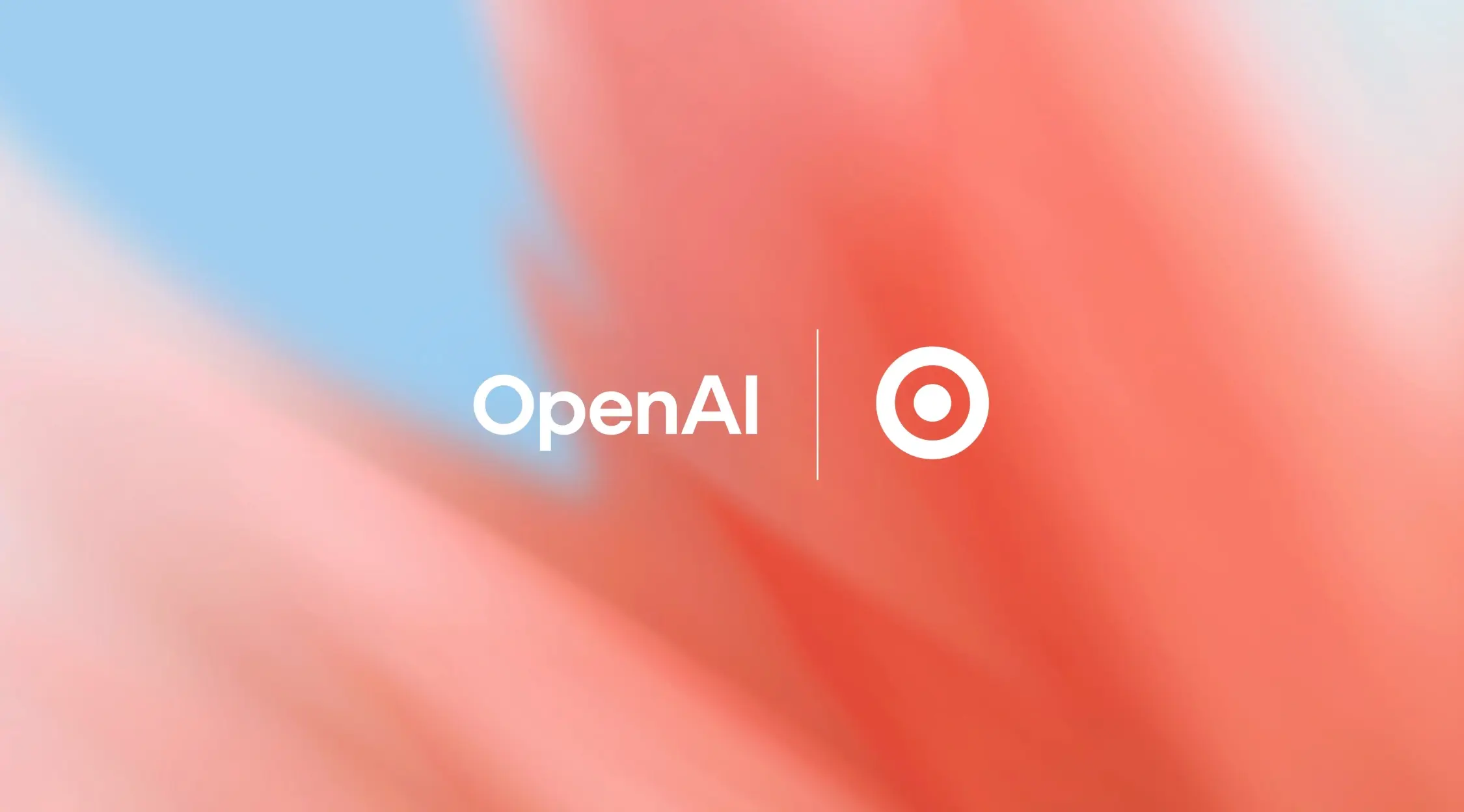How to Show Up on AI (and Win) 2025: The Playbook to Get Cited, Quoted, and Chosen
Updated on
Published on

Meet users where they are: they’re asking conversational questions, and they expect fast, trustworthy answers. If you’ve been wondering how to show up on AI results and actually appear in AI answers, you’ll need a blend of authority signals, crisp answer design, and clean technical foundations. The good news? Most of this builds on what already works in search—only now the bar for clarity, credibility, and machine readability is higher (and more rewarding).
At a Glance
- Focus on people-first content that’s easy to extract: concise intros, scannable sections, FAQs, and data tables. (Google Search Essentials)
- Earn trust: real experts, bylines, sources, and a visible methodology—these are core signals used to evaluate quality. (Search Quality Rater Guidelines)
- Structure your pages for machines: schema markup (FAQPage, HowTo, Product, QAPage), entity linking, sitemaps, and RSS. (Google Search Central)
- Align to platforms: optimize for AI overview optimization on Google, and for visible citations on Perplexity, Copilot, and others. (Google AI Features & Your Website)
- Control access if needed: configure robots.txt for GPTBot and Perplexity’s agents; decide what AI can crawl or cite. (Perplexity Docs)
1) Be the Page That Deserves the Answer
If AI is summarizing the web, it picks sources that resolve the query completely and cleanly. Pages that appear in AI answers typically open with a short, definitive explanation, then expand with evidence, steps, or data. They feature expert bylines, link out to reputable sources, and demonstrate real-world experience. That blend nails user intent and offers enough extractable structure for systems to trust and cite you. (Google Search Essentials)
- Use a 2–3 sentence “answer-first” lead before the fold; expand into detail right below.
- Add source-backed statements with embedded citations to reputable originals.

2) Shape Content for Generative Extraction (QA, Lists, and How-Tos)
Think like the model: it loves neatly packaged knowledge. Clear section headings, predictable patterns, and question-answer content for AI give models safe text to quote. Add short definitions, step lists, pros/cons, and comparison tables. This isn’t keyword stuffing—it’s structure that rewards clarity and helps you rank in AI answers across surfaces. (Google SEO Starter Guide)
- Include an FAQ block answering the top 5–10 “how do I…” questions verbatim.
- Add comparison tables (specs, pricing, features) and short “why it matters” blurbs below each table.
3) Add the Structured Data AI Actually Uses
Schema doesn’t guarantee inclusion, but it makes understanding easier. For Google, FAQPage, HowTo, Product, and QAPage are workhorses; validate with the Rich Results Test and keep your JSON-LD clean. Pair this with a fresh sitemap and RSS so discovery and refresh are frictionless—core to AI overview optimization at scale. (Search Central: Structured Data)
- Mark up FAQs, how-tos, products, reviews; keep IDs stable and content consistent.
- Resubmit when you significantly update; use sitemaps and RSS for quicker recrawl.
4) Prove E-E-A-T With Real Humans and Real Evidence
Models lean on signals of expertise and accountability. Show the expert behind the claim, their credentials, and your original evidence. Make it obvious why your page should show up on AI results over a generic aggregator. Publish methods, disclose conflicts, and cite primary sources—this mirrors how quality is evaluated. (Search Quality Rater Guidelines) (Google Search Essentials)
- Add author bios with credentials; link to profiles (ORCID, LinkedIn, university/association pages).
- Include “How we researched” and “Sources” inline within the body, not hidden elsewhere.

5) Align Your Entity Graph (Brand, Topics, Authors)
AI assistants rely on entities. Help them unambiguously map your brand, authors, and topics. Create an “entity home” page, use consistent naming, and link out to corroborating records (Wikidata item, organization pages, author IDs). Solid entity hygiene reduces ambiguity and increases your odds to get brand mentioned in AI answers for the right queries. (Google Search Essentials)
- Keep NAP and brand naming consistent across your site and profiles; use Organization/Person schema.
- Cross-link your author/brand pages to stable external authority nodes (e.g., Wikidata, associations).
6) Match the Platform: Google, Perplexity, Copilot
Different assistants surface sources differently. Google places sources behind AI Overviews and now AI Mode; Perplexity foregrounds citations; Copilot may ground answers in web content depending on admin toggles. Tailor formats so each platform can easily cite or link back. This multiplies your coverage across generative search optimization channels. (Google AI Search) (Perplexity Overview) (Microsoft Learn)
- For Google: strong answer-first content + schema; keep pages fast and mobile-friendly.
- For Perplexity: concise, quotable sections with clear headings and supporting sources; ensure fast response.
7) Technical Foundations That Quietly Win
Fast, secure, and crawlable still wins—especially when models skim the top of the SERP. Fix Core Web Vitals, keep canonicalization tidy, and ensure your internal links reinforce topical clusters. Add sitemap + RSS for AI crawlers to re-discover updates. Validate structured data regularly and remove bloat that muddles extraction. (Google SEO Starter Guide) (Google Search Essentials)
- Monitor Search Console for crawl/index issues; fix schema warnings and soft 404s.
- Keep page titles and H1s aligned; match queries like “how to get my site cited by AI.”
8) PR, Mentions, and Links: The Off-Page Levers
AI assistants trust what the web trusts. Digital PR that earns mentions from reputable publications, associations, universities, or standards bodies works double duty: rankings and citations. Publish original research to get cited by AI—stats, benchmarks, or datasets updated annually. That’s the stuff assistants love to quote. (Google AI Search)
- Pitch data-rich pieces to relevant journalists and newsletters; track earned links.
- Submit to curated directories and industry resources that rank and get scraped frequently.

9) Local and Vertical: Win Intent With Specificity
For local queries—restaurants, salons, home services—assistants reward clean NAP, fresh reviews, hours, menus, pricing, and service pages written like real answers. Mirror how people speak: How can my business show up in AI answers? Then answer that exact question on a localized page, supported by review snippets and policies. (Google Search Essentials)
- Keep location pages unique, with local proof (photos, staff, awards, neighborhood landmarks).
- Ensure review markup and consistent hours across Google Business Profile and your site.
10) Governance, Robots, and Brand Safety
Decide what AI can access or train on. You can allow or block specific crawlers (e.g., GPTBot) via robots.txt, and manage Perplexity’s access. Not every bot follows rules; monitor logs and WAF. Handle misattribution by publishing a corrections page and contacting platform support with URLs and context.
- Add robots.txt directives for GPTBot and audit server logs for unidentified user agents.
- Keep a visible “Content & Citations” page for corrections and licensing terms.
11) Measure, Diagnose, Improve
Track when your brand is cited. Log AI overview optimization wins by query and page, monitor referral spikes from AI interfaces, and screenshot Overviews for your records as they change frequently. Keep a change log: content updates, schema tweaks, links earned—then correlate with visibility. (Google AI Search)
- Maintain a “queries x pages x citations” tracker; note platform and position.
- Run monthly content refreshes on your top candidate pages to maintain freshness.
How We Got the Numbers
- Pulled platform-owner guidance to ground every recommendation (Google documentation, Microsoft Learn, Perplexity).
- Cross-checked quality signals with the latest rater guidelines to map what AI systems prefer to surface. (Search Quality Rater Guidelines 2025)
- Prioritized technical steps validated by Google’s structured data docs and Rich Results guidance. (Google Structured Data)
FAQ
How do I show up in AI results quickly if my site is new?
Start with a narrow cluster where you can be the best answer: 3–5 cornerstone guides, answer-first intros, and an FAQ per page. Earn a few reputable mentions to kickstart trust, then expand horizontally.
What signals help AI choose my page as a source?
Clear topical focus, expert authorship, clean structure (FAQ/HowTo/tables), credible citations, and strong technical health. Add schema and keep updates frequent enough to signal freshness.
Which schema types matter most for AI Overviews?
FAQPage, HowTo, Product, Review, QAPage, Organization, and Person are reliable starters. Validate in the Rich Results Test and keep your JSON-LD consistent with visible content.
Can I block training but still allow visibility?
Yes—configure robots.txt to allow Googlebot while limiting specific AI crawlers like GPTBot if that’s your policy. Not all bots comply, so pair robots with monitoring and WAF rules.
How do I get ChatGPT or Perplexity to cite my website?
Publish concise, well-sourced sections that directly answer common questions; keep pages fast and unambiguous; and build authority with reputable links and mentions. Perplexity, in particular, highlights citations prominently.
The Why Behind Showing Up on AI
Search is becoming an answer fabric. If your pages resolve intent cleanly, prove genuine expertise, and are easy to parse, assistants can pull you forward—whether that’s a steps to appear in Google AI Overviews query or a broad explainer where your original data earns the quote. Keep it human, keep it structured, and keep it credible; that’s how you optimize for Google AI Overview while staying useful everywhere users ask.







